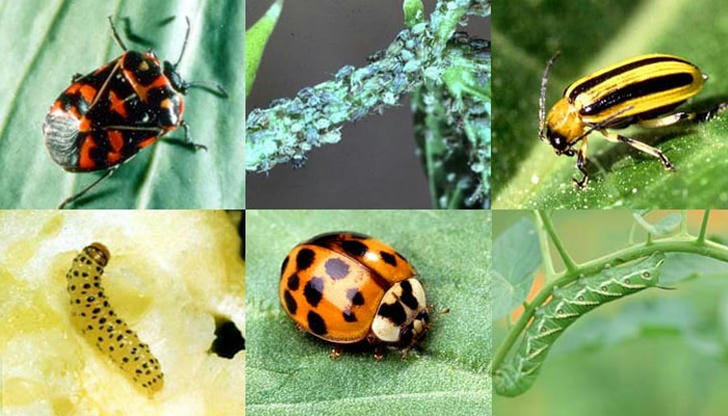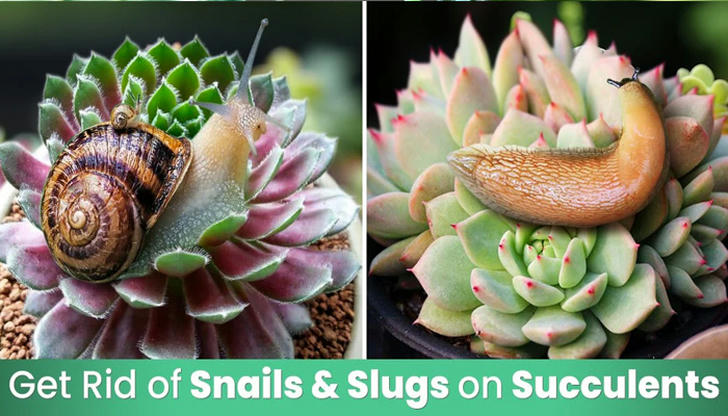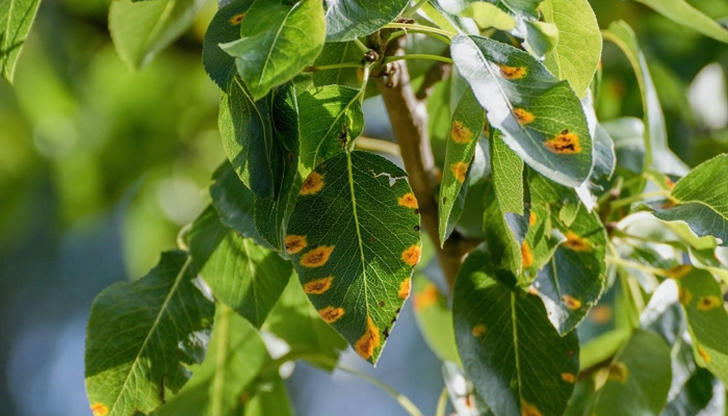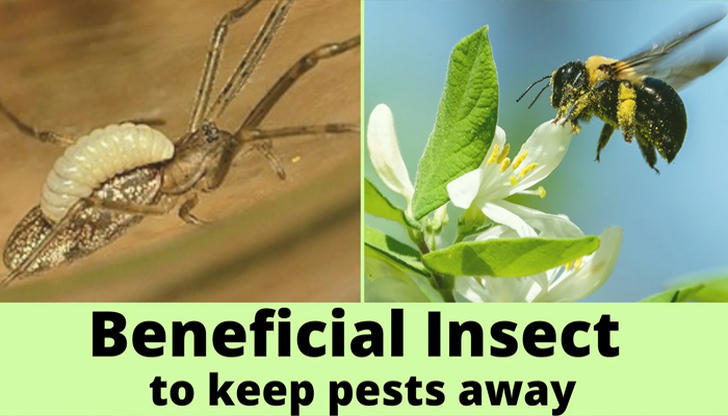Identifying Common Garden Pests and Diseases (and Organic Ways to Control Them)
Gardening is a rewarding and relaxing hobby, but it comes with its fair share of challenges. One of the most persistent problems gardeners face is dealing with pests and diseases that can damage plants, reduce yields, and spoil the beauty of a well-tended garden. With growing interest in organic methods, gardeners are increasingly turning to natural ways to manage pests and diseases, minimizing harm to beneficial insects and the environment. This article explores common garden pests and diseases, their signs, and practical organic solutions for controlling them.

1. Common Garden Pests
A. Aphids
Characteristics: Aphids are small, soft-bodied insects that suck plant sap. They are often found in clusters on the undersides of leaves and stems.
Signs of Infestation:
Yellowing leaves
Sticky residue (honeydew) on plants and surrounding surfaces
Presence of ants, which tend to aphids for their honeydew
Organic Control Methods:
Encourage natural predators: Ladybugs, lacewings, and predatory beetles feed on aphids and can help keep their population in check.
Neem oil: This natural oil works as an insecticide and disrupts aphid reproduction.
Insecticidal soap: A safe option that targets soft-bodied pests like aphids without harming your plants.
Garlic spray: Homemade garlic spray can act as a repellent to aphids.
B. Slugs and Snails
Characteristics: Slugs and snails are soft-bodied mollusks that feed on the leaves, stems, and roots of many plants. They are particularly destructive to seedlings and leafy greens.
Signs of Infestation:
Ragged holes in leaves, particularly at night
Slime trails along the ground or on plant surfaces
Damage to young, tender plants
Organic Control Methods:
Beer traps: Slugs and snails are attracted to beer, so burying a shallow container of beer in the soil can lure and drown them.
Diatomaceous earth: This powdery substance is harmless to humans and pets but lethal to slugs and snails as it dries out their bodies.
Copper barriers: Copper tape or mesh placed around garden beds or containers creates an unpleasant electrical charge that deters slugs and snails.
Handpicking: At night, when slugs and snails are most active, handpick them off plants and dispose of them in a bucket of soapy water.

C. Whiteflies
Characteristics: Whiteflies are tiny, moth-like insects that often cluster on the undersides of leaves. They feed by sucking sap, which can weaken plants and spread disease.
Signs of Infestation:
Yellowing leaves
Sticky residue (honeydew)
Sooty mold growth on the sticky honeydew
Organic Control Methods:
Yellow sticky traps: These traps attract whiteflies and trap them, reducing their numbers.
Neem oil: An effective insecticide that interferes with the whitefly’s ability to feed and reproduce.
Insecticidal soap: Targets and kills whiteflies on contact, but it’s safe for beneficial insects if applied correctly.
D. Spider Mites
Characteristics: Spider mites are tiny arachnids that suck sap from leaves, causing stippling and webbing on plant surfaces. They thrive in dry, hot conditions.
Signs of Infestation:
Fine webbing, particularly on the undersides of leaves
Yellowing or speckled leaves
Premature leaf drop
Organic Control Methods:
Water spray: Regularly hosing down plants with a strong jet of water can dislodge spider mites and prevent heavy infestations.
Predatory mites: Introducing natural predators like Phytoseiulus persimilis, a type of predatory mite, can help control spider mite populations.
Neem oil: Acts as an insecticide and disrupts the reproductive cycle of spider mites.
2. Common Garden Diseases

A. Powdery Mildew
Characteristics: Powdery mildew is a fungal infection that appears as white, powdery spots on the leaves, stems, and buds of many plants. It thrives in humid, warm conditions.
Signs of Infestation:
White, powdery spots on leaves and stems
Leaves may yellow and curl, affecting plant growth
Reduced flowering or fruiting
Organic Control Methods:
Remove infected plant parts: Prune affected leaves and stems to prevent the spread of spores.
Baking soda spray: Mix 1 tablespoon of baking soda with 1 gallon of water and spray on affected plants. This can help prevent further infection.
Sulfur: A natural fungicide that can be used to control powdery mildew without harming plants.
B. Downy Mildew
Characteristics: Downy mildew is another fungal disease that affects the underside of leaves, causing yellow spots on the upper side and purple or gray mold on the underside.
Signs of Infestation:
Yellow or white spots on the top of leaves
Grayish or purple mold growth on the underside of leaves
Premature leaf drop
Organic Control Methods:
Improve air circulation: Ensure adequate spacing between plants to allow for better airflow, which helps reduce humidity levels.
Copper-based fungicides: These can be used to prevent and control downy mildew outbreaks in the garden.
C. Blight (Tomato, Potato, etc.)
Characteristics: Blight is a bacterial or fungal disease that causes rapid decay of leaves, stems, and fruit. It is most commonly seen in tomatoes and potatoes.
Signs of Infestation:
Dark, water-soaked lesions on leaves and stems
Rotting fruit or tubers
Brown or black spots on plants
Organic Control Methods:
Remove and dispose of infected plants: Remove affected plant parts immediately and dispose of them in the trash to prevent the spread of disease.
Garlic or chamomile tea spray: Both have antifungal properties that can help prevent the spread of blight in early stages.
Crop rotation: Avoid planting the same crops in the same soil year after year to reduce the risk of blight.
D. Rust

Characteristics: Rust is a fungal disease that causes orange or brown pustules on the undersides of leaves. It thrives in warm, moist environments.
Signs of Infestation:
Orange, yellow, or brown pustules on leaves
Premature leaf drop
Deformed or discolored leaves
Organic Control Methods:
Prune affected plants: Remove infected leaves and improve spacing between plants to enhance airflow.
Sulfur-based fungicides: These can help manage rust while being safe for most plants.
Plant resistant varieties: Some plants are bred to be resistant to rust and other fungal diseases.
3. Organic Pest and Disease Prevention Techniques
A. Healthy Soil Practices
Maintaining healthy soil is key to preventing pest and disease problems. Well-balanced soil helps plants develop strong roots, making them more resistant to pests and diseases. Organic practices such as adding compost, mulch, and organic fertilizers can boost soil health and plant immunity.
B. Crop Rotation and Companion Planting
Crop rotation helps prevent pests and diseases that target specific plants from building up in the soil. For example, avoid planting tomatoes in the same spot every year.
Companion planting can naturally repel pests. For example, planting marigolds alongside tomatoes can deter aphids, while garlic can help repel aphids and whiteflies.
C. Regular Monitoring and Early Intervention
Regularly inspect plants for signs of pests and diseases. The earlier you detect a problem, the easier it is to manage. When dealing with pests, try to use natural solutions before resorting to chemical pesticides.

4. Beneficial Insects and Natural Predators
A. Ladybugs
Ladybugs are effective in controlling aphids, mealybugs, and other soft-bodied insects. They can eat 50-100 aphids per day and are harmless to plants.
B. Predatory Mites
Predatory mites, such as Phytoseiulus persimilis, can help control spider mites and other small pests.
C. Lacewings and Hoverflies
Both lacewings and hoverflies feed on aphids, mealybugs, and other pests, making them valuable allies in organic pest control.
5. Conclusion
Dealing with pests and diseases is an inevitable part of gardening, but with the right knowledge and tools, you can keep your garden healthy without resorting to harmful chemicals. Organic methods, such as promoting beneficial insects, using natural sprays, and maintaining healthy soil, offer sustainable solutions for pest and disease management. By identifying common pests and diseases early and applying organic control methods, you can enjoy a vibrant, thriving garden season after season.
